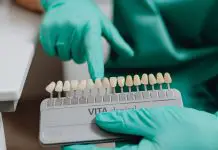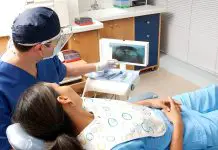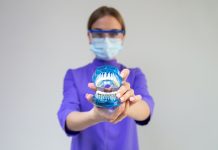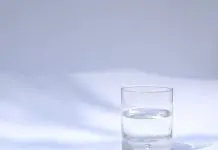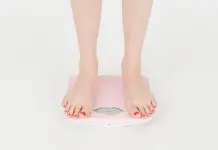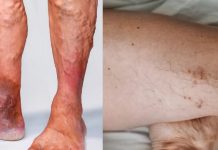Overview & Description
The cornea is the clear covering of the eyeball. With corneal transplantation, a part of a person’s cornea is removed. It is then replaced with a portion of a cornea from a donor eye. In some cases, only the surface portion of the cornea needs to be removed. This is referred to as lamellar keratoplasty. In the majority of cases, however, the entire thickness of the cornea must be replaced. This is called penetrating keratoplasty.
Who is a candidate for the procedure?
Conditions that make corneal transplant necessary include:
This procedure should be done only if a person’s vision cannot be corrected with medical treatment or contact lenses.
How is the procedure performed?
Corneal transplant tissue comes from people who have died, and donated their organs or tissue. This tissue is kept in an “eye bank” In lamellar keratoplasty, the diseased or opaque surface of the person’s cornea is removed. It is replaced with piece of clear cornea in a similar shape and thickness. The partial thickness of cornea is then sewn onto the person’s own cornea. In a penetrating keratoplasty, an instrument called a trephine is used to remove a button of scarred cornea from the person’s eye. A similar sized graft from a donor eye is sewn in its place. Most corneal transplants are done under local anesthesia in a same day surgery setting.
Preparation & Expectations
What happens right after the procedure?
An eye patch may be put on after surgery. The person will be taken to the surgery recovery room for a short period of time. Once all the effects of anesthesia have worn off, and the person is able to drink fluids without nausea, he or she will be discharged home.
Home Care and Complications
What happens later at home?
After the procedure, individuals need to use antibiotic and steroid eye drops. Sutures remain in place for about 6 months. People who have had a full thickness graft may need to use low-dose steroid drops for years. This helps reduce the likelihood that body will reject the graft. In a successful operation, the graft should stay clear and heal without too much irregularity in the surface of the cornea. The procedure should also produce good vision
What are the potential complications after the procedure?
There are complications with any surgery or anesthesia. These include bleeding, infection, and reactions to the anesthesia medications.
Article type: xmedgeneral















